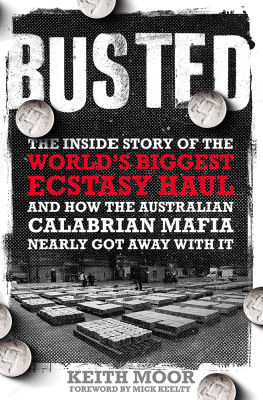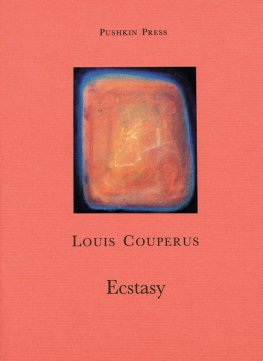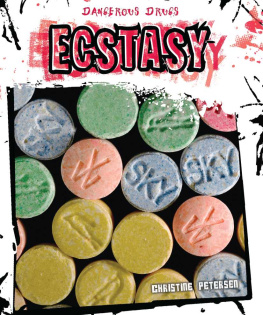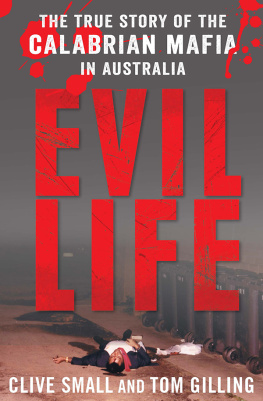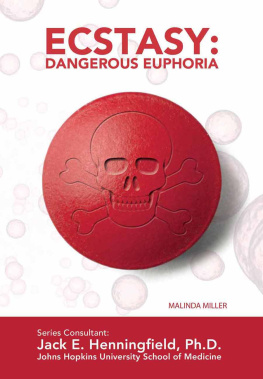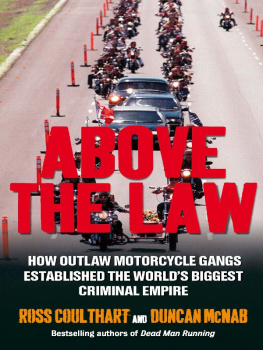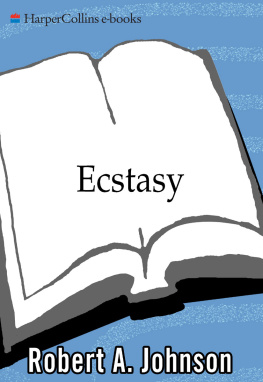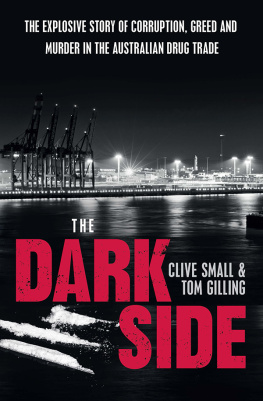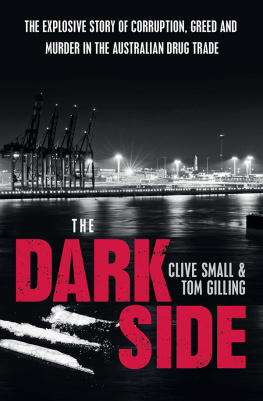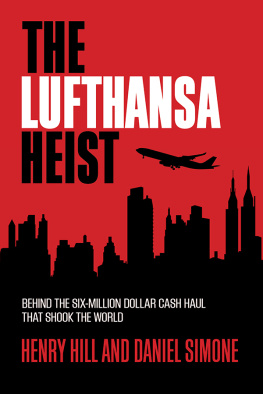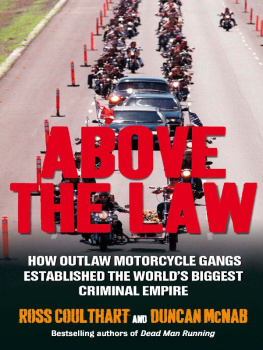8
CALABRIAN MAFIA HISTORY
Although the Calabrian Mafia specialises in trafficking tonnes of ecstasy and cocaine now, it was growing marijuana that first established it as a major player in the drugs market. Any Australian who smoked marijuana in the 1970s and 1980s and a lot were was almost certainly smoking marijuana grown by the Calabrian Mafia in Australia.
Marijuana was a logical market for the Calabrian Mafia to get into, given its expertise in all things horticultural. It could also use its established fruit and vegetable distribution network to truck the marijuana to market along with its tomatoes and broccoli.
By the early 1970s, the Calabrian Mafia was firmly entrenched as the major grower and supplier of marijuana in Australia and most of it came from Griffith in New South Wales.
Robert Trimbole, Griffith-born of Calabrian parents, went from bankrupt in 1968 to owning one of the best Grass Castles in Griffith in just a few short years. Grass Castles were the local description for the marijuana-funded mansions that sprang up around the bush town in the 1970s. Drugs royal commissioner Mr Justice Woodwards final report in 1979 nominated Trimbole as the first marijuana grower in Griffith.
The National Crime Authority (NCA) estimated that by 1988 the Calabrian Mafia in Australia was making at least $100 million a year from marijuana growing and distributing in Australia and had been for at least a decade. And, as Ive shown here, there is ample evidence that the Calabrian Mafia was behind the two shipments of 1.2 tonnes and 4.4 tonnes of ecstasy tablets into Melbourne in 2005 and 2007.
You would think those two cases alone would be enough to convince people the Italian secret society is a major criminal force in Australia. Yet there are still those who dispute the existence of the Mafia in Australia. Information in this chapter should help convince those doubters the Calabrian Mafia is alive and flourishing in every state and territory in Australia. It includes details from several secret reports on the Calabrian Mafia by various law enforcement agencies, ASIO and the US Federal Bureau of Investigation. Those confidential reports have never been made public, but this book is revealing details of what is in them. They paint a disturbing picture of the enormous threat the Calabrian Mafia continues to pose to Australia.
Those who write about the Mafia in Australia are often accused of being alarmist or racist or both. Of course the bulk of Italians who call Australia home are law-abiding citizens who have made Australia a much better place to live, and some of the worst criminals in Australia are dinky-di fifth-generation Aussies who say bloody oath and gday and barrack for Collingwood.
But just as a disproportionate percentage of the Vietnamese population in Australia sells drugs, and Chinese triad gang members import much of Australias heroin, it is also an undeniable fact that some of those Italians who flooded into Australia during periods of mass migration particularly those from Calabria were members of a secret criminal society. One of the first things they did was establish cells of their secret society in Australian capital cities and country towns cells that continue to be powerful today.
Many of the law-abiding citizens who make up the vast majority of the Italian-born or Italian-connected population in Australia know of the existence of such cells and who the members are. Some of those citizens run businesses and are expected to pay protection money to the Calabrian Mafia, or use particular trucking companies to get their fruit and vegetables to market. They are also expected to keep their mouths shut. The fear of violent retribution generally means they stay silent and just cough up the cash, or truck with who they are told to truck with.
Some law-abiding Italian fathers with Australian-born daughters will ask the names of prospective suitors and, depending on the surname of the boy, will sometimes warn in the strongest possible terms that she stay away from the boy because the family is no good. Thats because the family name often speaks volumes about likely connections to secret Italian crime cells.
Another difficulty about writing on the Mafia in Australia is that strictly speaking the term Mafia should only be used to describe Italian organised crime gang members of Sicilian background and while there is police intelligence that indicates we have a few of those, there is no compelling evidence of the Sicilian Mafia being a strong force in Australia. But there is ample evidence of Calabrian-born criminals, and criminals of Calabrian descent, being firmly entrenched among the most powerful organised crime gangs in Australia.
More than 50 per cent of Australias migrant intake in 1953 and 1954 came from Calabria. About 5000 of the 9000 people in the Italian Ndrangheta stronghold of Plati came to Australia between 1950 and 1970, most of them to Griffith in south-west New South Wales. Many of their descendants are now happy to use the generic term Mafia to describe themselves, just as many of them have dropped the tattoos and medieval initiation ceremonies favoured by their fathers and grandfathers.

